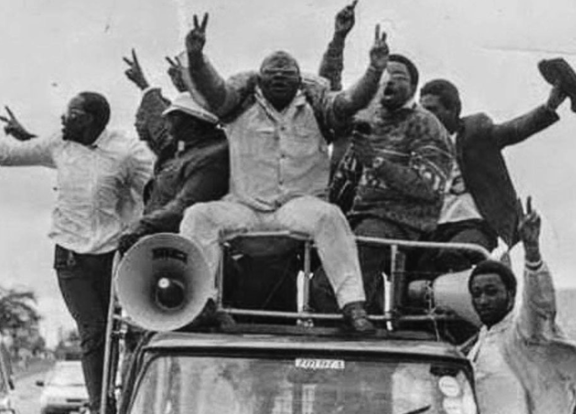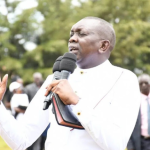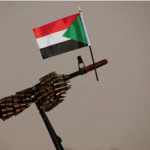In Kenya, every July 7 after 1990 is of great significance in the political arena, especially in the growth of democracy in the country.
Popularly known as Saba Saba, the day was inked in sweat and blood in the fight for multipartyism and fair governance.
Whenever the term Saba Saba is mentioned, the struggle for democracy in Kenya is remembered, which started on July 7, 1990, when Kenyans took to the streets to demonstrate against one-partyism in the country. This was after the Constitution was amended in 1982 to transform Kenya into a one-party state after a failed coup.
Under the late retired President Daniel Arap Moi, Kenya had remained a one-party state for years with dictatorial aspects reigning supreme against any opposition leader or Kenyan who tried to raise his voice against Moi’s administration.
Several voices from the opposition were silenced by the government either through detention without trial, exile, torture or bribery, according to historians.
For close to 10 years, Kenya remained a one-party state under Moi. However, over the years, resistance against the government continued to grow through different organizations including universities, churches, cultural centres and trade unions.
Saba Saba lieutenants
Led by politicians including backbench parliamentarians who were nicknamed ‘Seven Bearded Sisters’ by the then Attorney General, Charles Njonjo, the common Kenyans were not left behind. The seven parliamentarians included Abuya Abuya, Onyango Midika, Mwashengu wa Mwachofi, James Orengo, Lawrence Sifuna, Chibule wa Tsuma and Koigi wa Wamwere.
Outside parliament, the legal society had what they referred to as the ‘Urban Legal Guerillas’ with notable names including Paul Muite, Gitobu Imanyara, James Orengo, Gibson Kamau Kuria, Kiraitu Murungi, Mirugi Kariuki, Pheroze Nowrojee, John Khaminwa, Martha Karua, Kathurima M’Inoti and Rumba Kinuthia.
The resistance also saw important input from politicians such as Kenneth Matiba, Charles Rubia, Njeru Gathangu, George Anyona and Raila Odinga.
Through the years, the resistance was organised through movements such as ‘The Workers Party’ which metamorphosised into ‘December Twelfth Movement’ (DTM) before being renamed the Mwakenya Movement.
On June 6, 1990, Matiba and Rubia announced a Kamukunji (public meeting) in Nairobi on July 7, 1990, aimed at pressurizing the government to restore multi-partyism.
However, on July 4, the Moi-led government banned the meeting and the duo were arrested. Lawyer John Khaminwa was arrested after trying to visit them. Three other activists, including Gitobu Imanyara, Gibson Kamau Kuria and Raila Odinga were also arrested ahead of the planned Kamkunji.
This fueled the resistance further with widespread protests across the country as Kenyans demanded the release of political detainees.
November 16, 1991, marked the climax of the protests when the likes of Martin Shikuku, James Orengo, Philip Gachoka and Rumba Kinuthia led demonstrators through the streets of Nairobi flashing V-shaped signs heading to the historical site of Kamukunji grounds where a mega rally was held.
On December 2, 1991, Moi bulged and repealed Section 2A of the Constitution giving way to Multipartyism. This gave room for the registration of alternative political parties, with 19 new political parties registered instantly and led to the first multi-party elections in 1992, in which Moi won as the president.
In subsequent years, July 7, commonly known as Saba Saba, has been unofficially celebrated as the date for the second liberation, when activists forced the Moi regime to restore multipartyism.
As the country marks the 32nd anniversary of Saba Saba, the youth in Nairobi will be converging at Uhuru Park to commemorate the lives of those killed during the anti-Finance Bill 2024 protests in President William Ruto’s reign.



